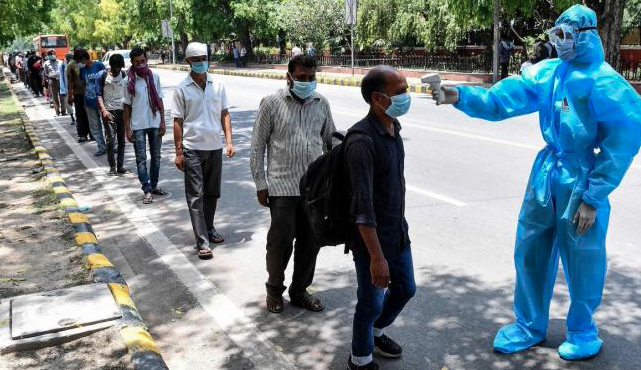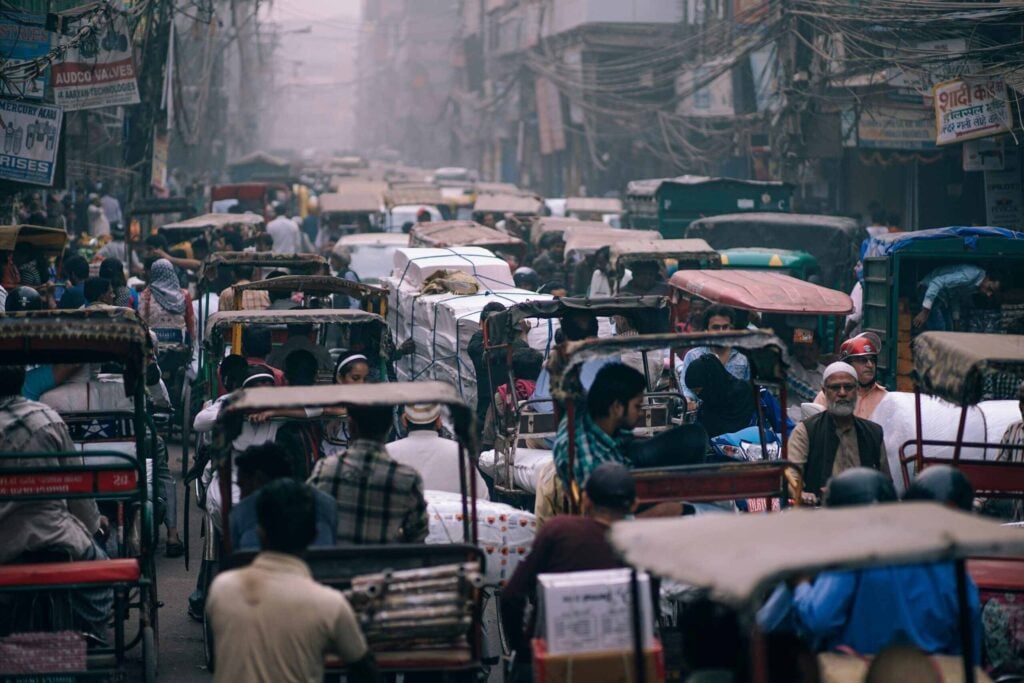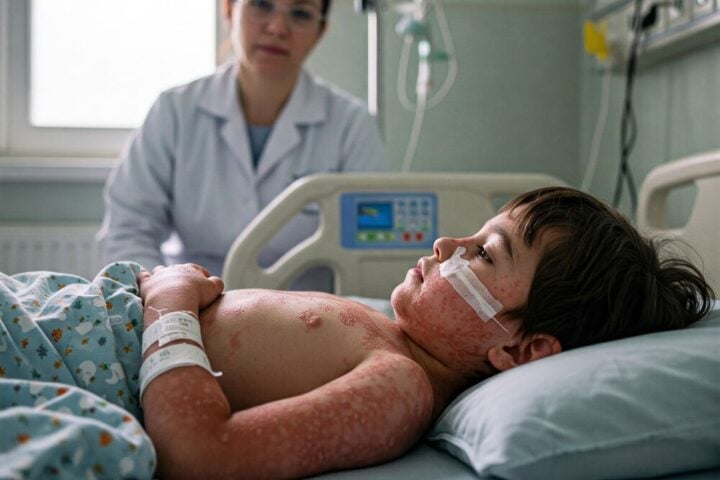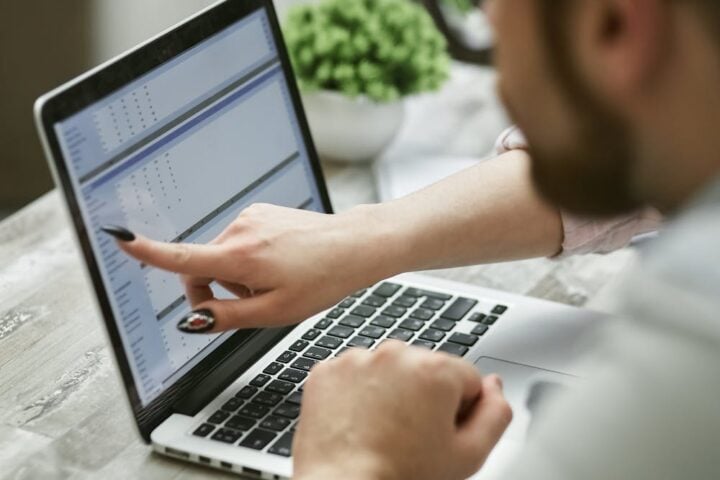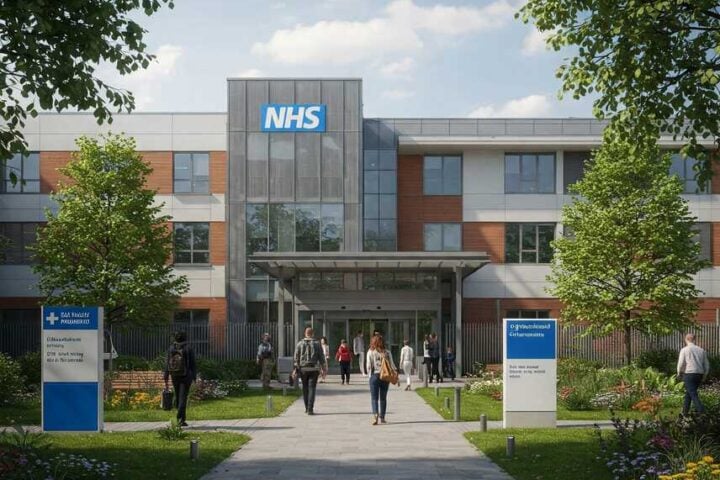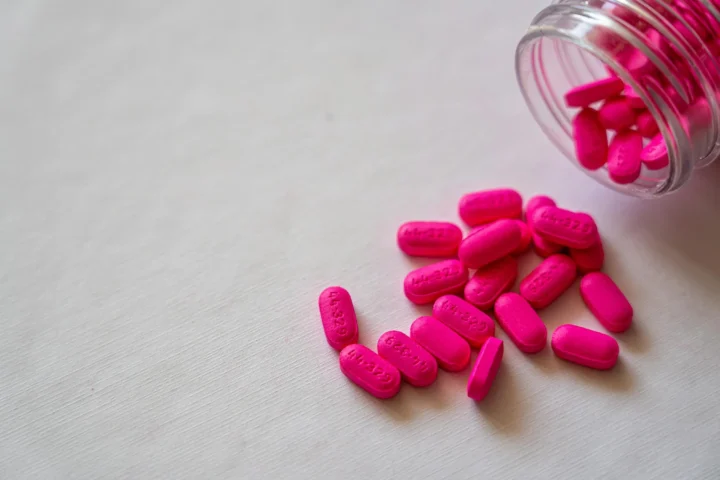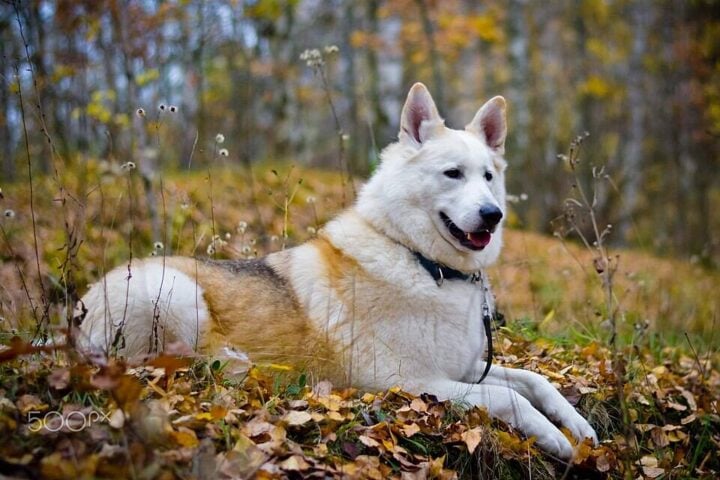A scientific study has found microplastics in the testicular tissues of all the men and dogs involved, which researchers believe could contribute to the significant decline in sperm count detected in men in recent decades.
As explained by the authors in the scientific journal Toxicological Sciences, this conclusion comes from the post-mortem analysis of 23 testicles from deceased human donors and 47 testicles from pet dogs. Using this method, they found microplastic fragments in every single sample.
In recent years, some studies (notably one published in the academic journal Human Reproduction Update) have documented a marked decline in sperm count in men, which may exceed 50% between 1973 and 2018.
Various possible reasons have been proposed for this concerning phenomenon. For example, studies have implicated factors such as chemical contamination from pesticide use (as illustrated by a review and meta-analysis in Frontiers in Endocrinology). Now, with new evidence, exposure to microplastics joins this list.
In this study, University of New Mexico researchers dissolved the tissues (from deceased donors obtained in 2016 for humans, and from veterinary castration operations for dogs) and analyzed the plastic residues that remained after this process. They applied a mass spectrometer to analyze gas emissions to detect different types of plastic burned at specific temperatures.
They found that the concentration of plastics in human testicles was almost three times higher than in dogs: an average of 330μg (micrograms) per gram of tissue in humans versus 123μg/g in dogs. The most prevalent material in the samples was polyethylene (used in the manufacture of plastic bottles and bags, among other objects), followed by PVC.
“At the beginning, I doubted whether microplastics could penetrate the reproductive system,” Xiaozhong “John” Yu, MD, PhD, MPH, UNM College of Nursing said. “When I first received the results for dogs I was surprised. I was even more surprised when I received the results for humans.”
The presence of PVC is particularly concerning, as this material can emit various chemicals that, according to some evidence (for example, a study conducted on workers at a PVC pellet manufacturing plant published in Fertility & Sterility), could interfere with spermatogenesis (the process by which the body produces sperm) and cause hormonal disruptions.
It should be noted that this is not the first time microplastics have been found in human testicles or semen. Last year, a smaller Chinese study reported finding them in six human testicles and 30 semen samples, according to the scientific journal Science of the Total Environment.
In a similar vein, some studies conducted on mice (such as those published in Toxicology and Journal of Hazardous Materials) have concluded that exposure to microplastics could be associated with reproductive toxicity, with effects such as reductions in sperm count or hormonal disruptions. These notions, however, still need to be confirmed in studies on humans.
The extent of microplastic contamination, both in the environment and in humans, is becoming increasingly apparent. Studies have already found microplastics in our bloodstream or in the placenta of pregnant women (as evidenced by two studies in Environment International); they have also been detected in remote environments such as the Arctic and Everest.
Similar Posts
Ultimately, the growing knowledge we have about the extent of the effects of microplastics on our bodies is turning this ecological problem into a major public health concern, highlighting the urgent and drastic measures needed to limit the damage they could be causing to millions of people.
“We don’t want to scare people,” Yu said. “We want to scientifically provide the data and make people aware there are a lot of microplastics. We can make our own choices to better avoid exposures, change our lifestyle and change our behavior, ” he concluded.

